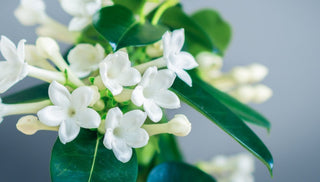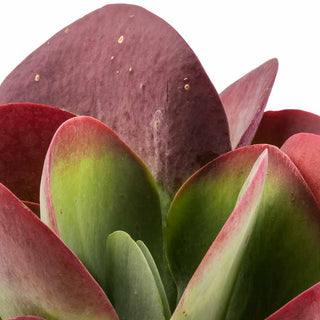☘ Origin: Lord Howe Island
☘ Family: Arecaceae
☘ Botanical Name: Howea forsteriana
☘ Common Name: Paradise Palm
Symbolism: A Kentia Palm conjures up ideas of sun-soaked holidays and its symbolic strength does indeed come from its association as a solar symbol. It has many positive connotations including a symbol of victory, freedom, peace, truth, honor, expansion and eternal life.
🍃 Shop Your Kentia Palm Today!
🔆 Light
Getting the light just right is important to growing Kentia palms successfully. Too little light can limit frond growth. Too much light or exposure to harsh light can scorch the fronds.
The Kentia Palm Prefers bright indirect sunlight. Do not expose the plant to direct sun otherwise, it will likely to be burned. While Kentia Palms can grow in low light conditions, you will get more foliage if It receives enough hours of soft and filtered light.
Give your plant a turn every few days to expose all sides to light for even growth from all sides.
💧 Water
Kentia palms like lightly moist soil. They don’t tolerate severe drought or overwatering well. Plan to water when the top inch of soil dries out. But make sure the soil doesn’t become soggy, as that can lead to root rot. You can slightly back off on watering during the fall and winter months as the palm's growth slows for the season.
If you notice yellowing leaves, that can signal too much water and/or root rot. Likewise, brown tips on the plant's fronds can be a good indication that the palm needs more water.
To give your plant the absolute best, room-temperature rainwater and bottled spring water are your best options. Any water containing sugar or salt will hurt your plant!
☁️ Humidity
Kentia Palm enjoys and benefits from added humidity, however a moderate humidity level is sufficient. These palms struggle in very high humidity, as well as in dry weather.
If there’s dry air around your palm or if you have a particularly dry home, you can mist the fronds to raise humidity, so plan to water-spray the leaves lightly three times a week using filtered-water, or place a cool-mist humidifier next to your plant.
🌡️ Temperature
Like any tropical, Kentia Palm prefers warmer temperatures and humidity. Though it's hardier than most other palms and can tolerate temperatures as low as (-3°C), it will always perform better if its home maintains an environment of about (13-20°C).
🧴️ Food
Fertilize monthly, but only in the spring and summer, with liquid fertilizer or slow-release pellets (a specially-formulated palm fertilizer is preferable). If you fertilize it too much, you may see the tips of the lower leaves turn brown.
🐾 Toxicity
Kentia palms are entirely non-toxic to humans and pets.
This palm loves balmy temperatures. But it can adapt to a range of conditions, including fairly low light, dust, various soils, and moderate cold.
Once your Kentia palm is established, it will require very little care. Plan to water during dry spells, fertilize seasonally, and prune just the dead, or diseased fronds. Also, try to avoid replanting your palm or digging around it unless absolutely necessary to prevent root damage.
Like with many indoor plants, mealybugs and spider mites are the most common pests for the Kentia Palm. When treating your palm for these pests, it's best to avoid any alcohol-containing products, which can dry out the delicate fronds. Instead, use an insecticidal soap or neem oil instead. Additionally, you can clean the fronds once a month with a spray of water and a damp cloth to remove dust and help prevent spider mites.


